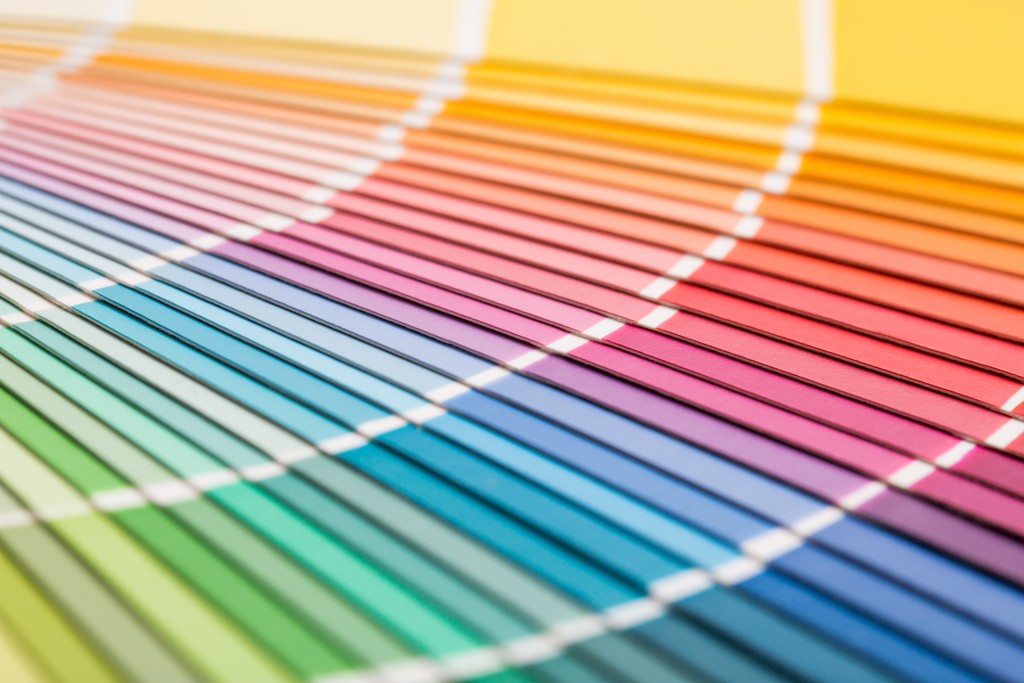New Year, New Walls: Removing Old Wall Treatments

Maybe you inherited that textured paint finish from the 80s. Or maybe all-black walls were the coolest thing ever when you were 15. But today, well, they remind you more about the mistakes of the past. You don’t have to live with bad interior decisions. Updating your walls is one of the most dramatic ways to transform a space and make a fresh start. With a little knowledge, lots of patience, and the right tools, you may even be able to do it yourself (or with a little help.) Here are some ways to refresh your walls, whether they’re covered with paint, panels, or damask wallpaper.
Out-of-date Paint
Are your walls an unfortunate shade of avocado green from the 70s? Luckily, painted walls are usually the easiest to refresh — just paint right over them with a new coat in your choice of color, or use a temporary or permanent wallpaper treatment. First, clean your wall with water and a mild detergent to remove any dirt and grease that might prevent your paint or paper from adhering. Then, fill in any cracks and holes with a flexible filler. Use a primer to make sure the surface is even, then apply your choice of paint (don’t forget to cover up edges and outlets before you start!) or a much more stylish contemporary wallpaper.
Passe Paneling
Dated paneling is one of the more difficult treatments to remove, but if you are feeling up to the task, do a small surface assessment — try a corner, or remove an outlet plate to check. If it was nailed on instead of glued, you’re in luck! Start ripping out and removing those panels to reveal a fresh new wall underneath. If it is truly well-stuck, ripping it out might leave holes and in the drywall. While spot-repairing them might work for smaller areas of damage, you will probably be better off having the drywall replaced for a brand-new smooth surface.
Worn-Out Wallpaper

A sprayer and wallpaper stripper might your first offense against less-fossilized wall coverings. But barring that, a rented heavy-duty steamer should take off all but the most tenacious. Work with one wallpaper panel at a time, making sure you get the moisture all the way through before gently peeling it away. Patience is a virtue when it comes to clean wallpaper removal, so don’t rush! Once the paper is gone for good, use a mixture of white vinegar and water to remove all traces of adhesive, and don’t forget to prime the walls for a new, smooth canvas to play with.
Terrible Texture
Textured walls and popcorn ceilings seem to have been all the rage in the ’70s and ’80s, but whether they were due to questionable taste or a need to hide less-than-perfect workmanship, this durable finish survives on many walls today. To remove popcorn ceilings or unpainted wall texture, try saturating a portion with a water spray, and if it softens up enough to scrape off, keep at it, working with a square foot or so at a time. Alternatively, a good sanding might be able to smooth out that texture. But whether you manage to banish some or almost all the texture, a good coat of drywall will still likely necessary to get the kind of finish you’ll want with your more modern interiors, so you may want to go straight for that option.
Consider Camouflage
If you’ve tried it all, the only way to go might be to call in the pros. But while you’re saving up for that, or maybe until your lease runs out, consider working with what you’ve got. A solid color or some attractive artwork might help de-emphasize paneling, for example. A more fashionable shiplap could hide a less-fortunate texture. Or who knows, maybe one day, mirrored walls will come back in style!




